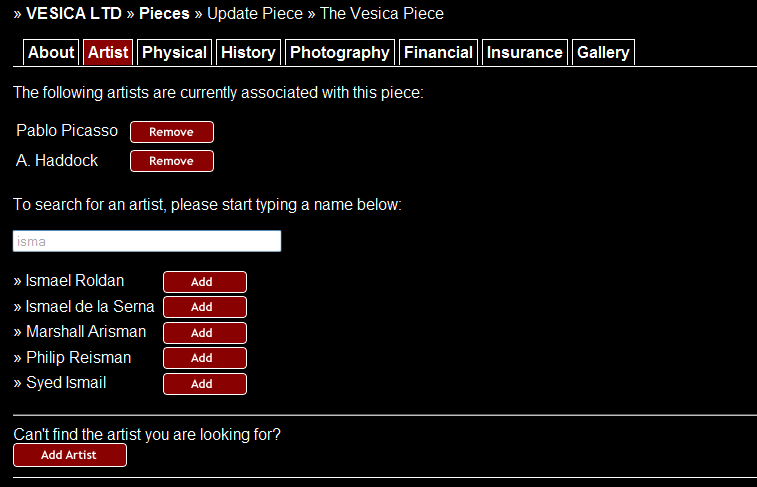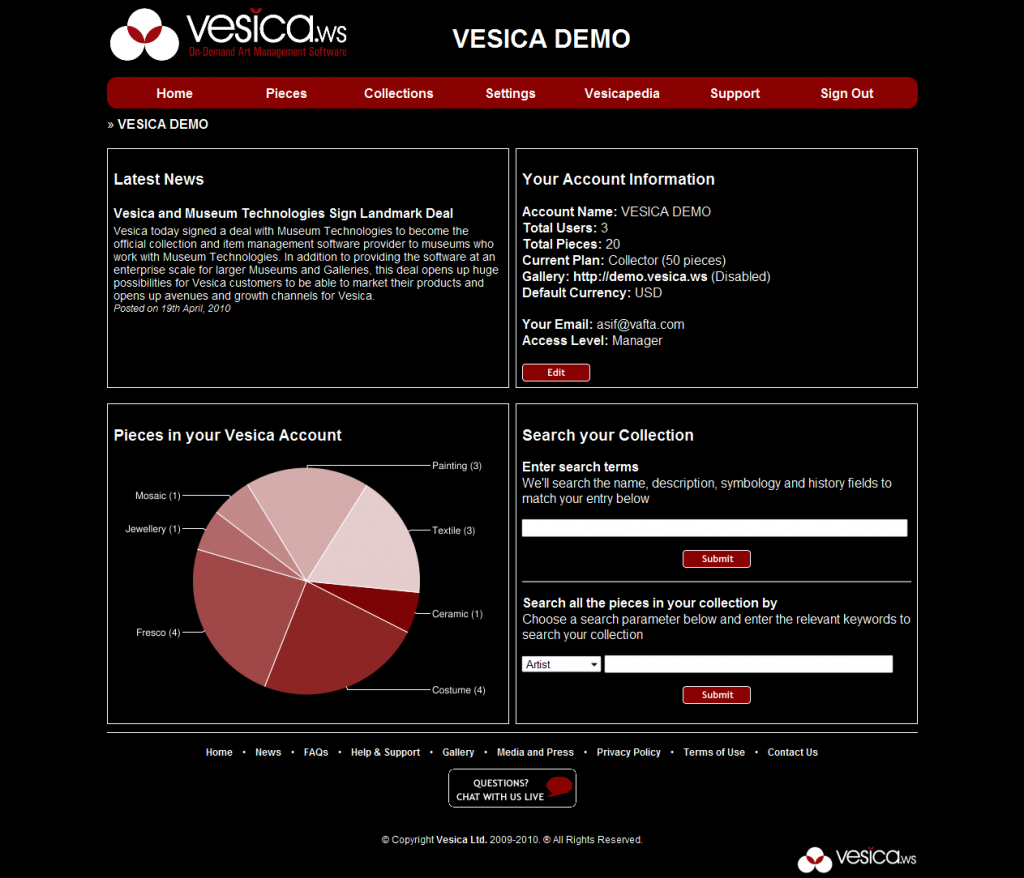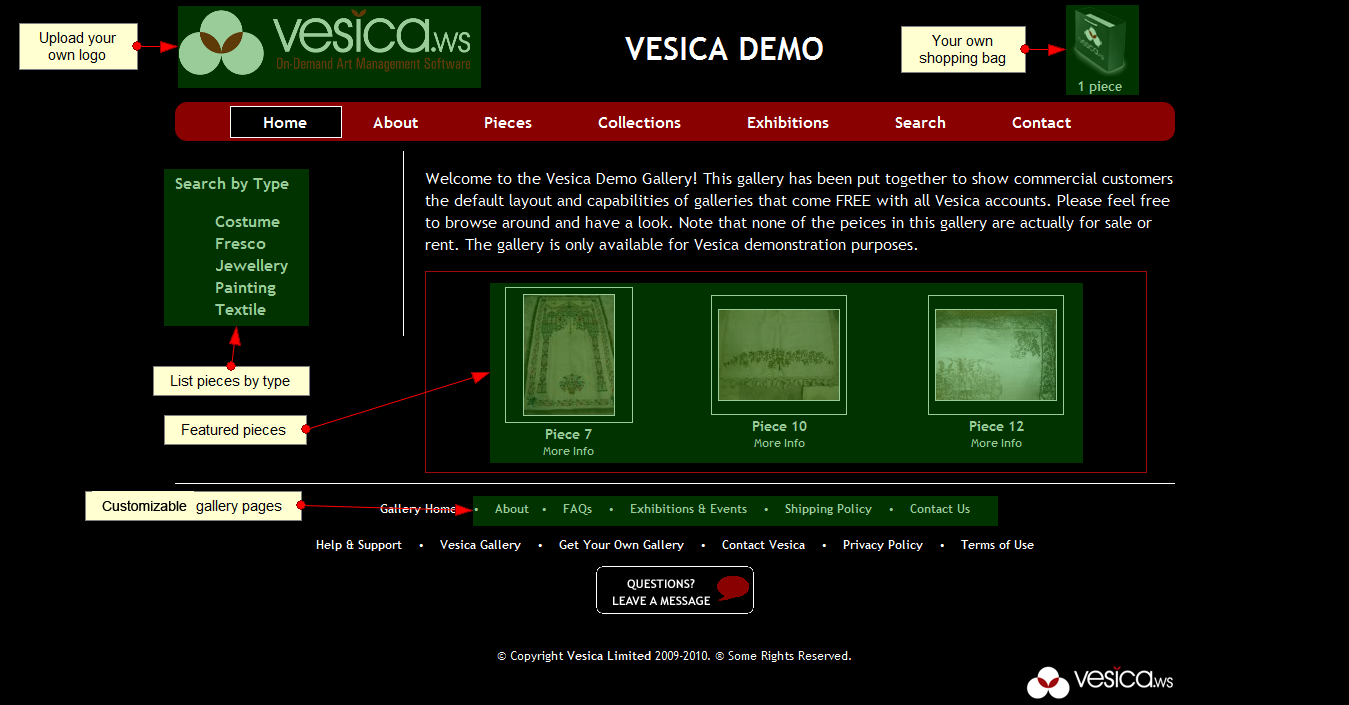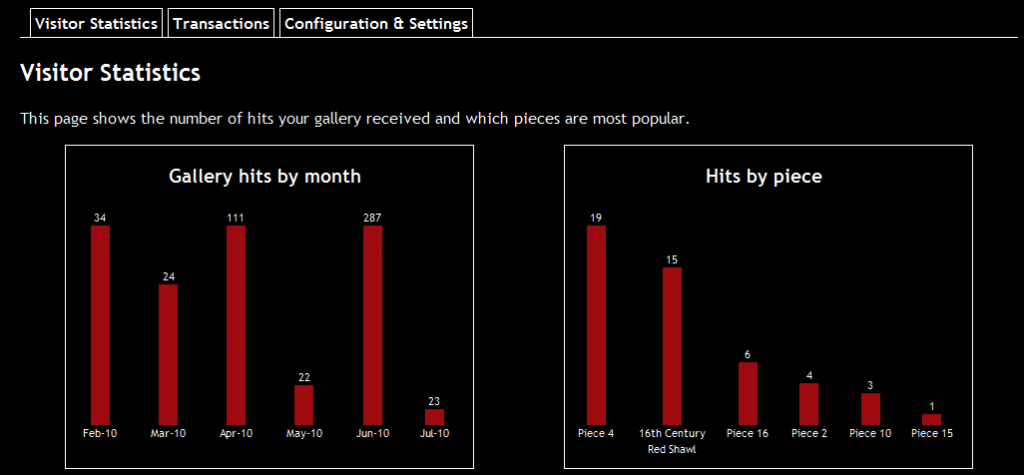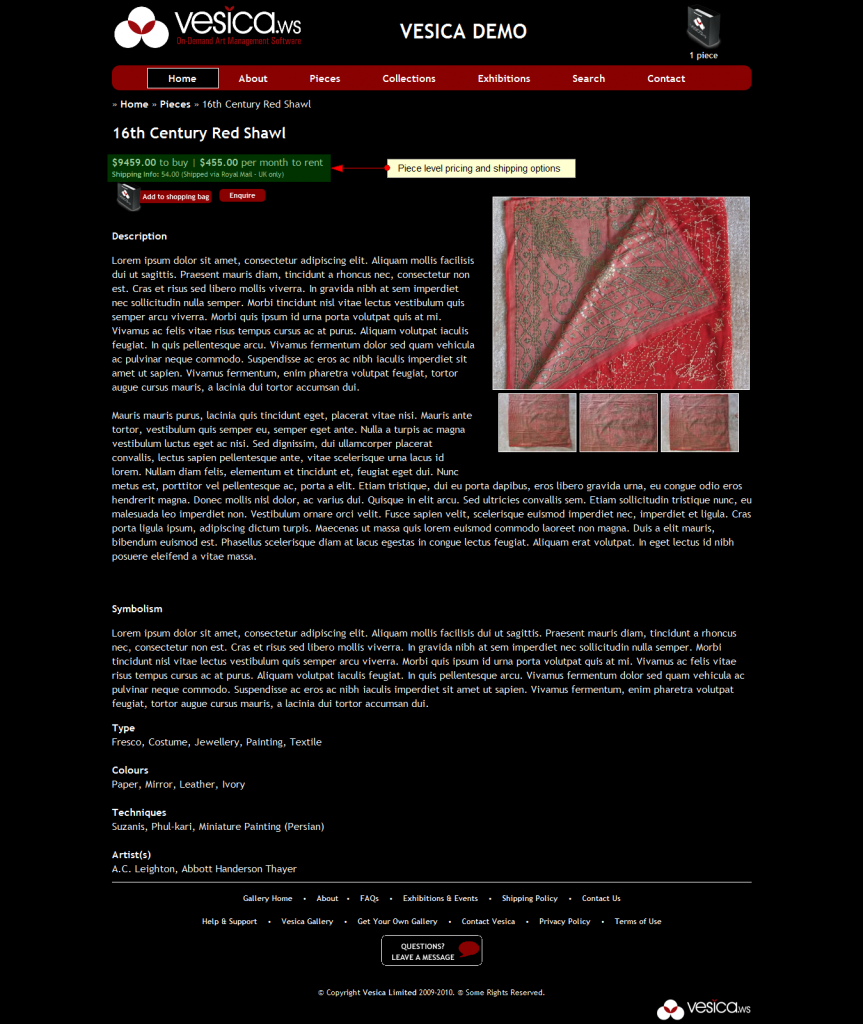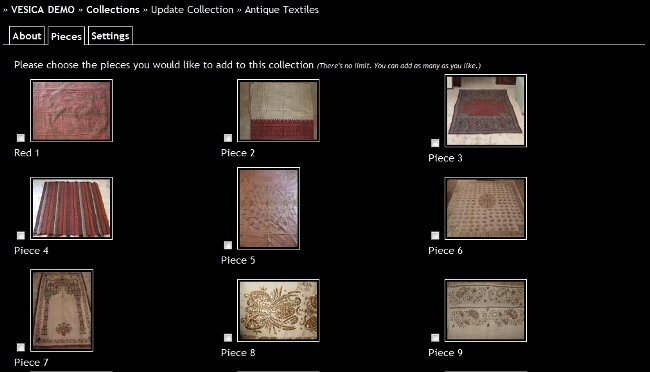Last year, I made the conscious decision to move away from tempting but morally void allure of the corporate world. After having spent many years dealing with large corporates and their representatives, or with other businesses in general, with support from some great people, I turned towards the art industry. It seemed different – unlike the business world, the art world appeared to have some character and the people who were involved in the traditional arts (that was my primary exposure at the time) appeared to very passionate about their work. Finally, I was getting to know some people who actually cared about what they were doing and did it because they wanted to do it and enjoyed doing it.
“This would be a great bunch of people to work with,” I thought to myself. That was a while ago. As I have become involved with the museum and art collecting ‘industry’ over the last year or so, the true character of the art industry has become clearer. It appears that the majority of art collectors collect for the wrong reasons, the majority of contemporary, modern artists produce art for no reason at all (and if you can’t see this in most modern art then you’re either part of the former, present or the next group) and the majority of art consultants or galleries, and in many instances, museums, are motivated and involved with the arts for what, shall we say, is questionable motivation.
A few weeks ago, we were contacted by an art consultant (who is involved with some museums and a company that writes software for museums) who is starting an art consultancy to help collectors manage and ‘enhance’ their collections. Whilst I would personally disagree with this person’s approach to collecting art, they made it clear that art world did not, and does not, really care about the actual objects or pieces of art in a collection, or their symbolical or historical importance. The interest lies around acquisition information, insurance details, rights management, in which employee is responsible and what they can do to maximize cash and revenue from the collections they help collectors manage.
This is a part of Vesica which has been lowest on our list of priorities (and is currently being developed as part of a new, single submission driven interface). Our current focus so far has been on documenting the art collections – documenting for those who are passionate about their collections, understand the techniques, materials, symbolism and effort that goes into producing a great piece of collectible art – not this modern mumbo jumbo of let’s assign a value and compute our commission. We are, after all, talking about an art collection, not an art calculation.
The reason for this is simple: so far we’ve dealt directly with collectors who have little of no commercial motivation – they collect art because it speaks to them. These are the people who are not involved in the malpractice of art. However, there are hundreds of thousands of galleries, collectors and artists who are all involved with this industry for only commercial reasons – and that’s ruining the sanctity of art.
These are the politicians and bankers of the art world – they are corrupting the essence and practice of art – especially in Europe. They’re involved in the industry because it’s a status symbol – because being an artist is hip, because collecting art means you’re sophisticated, and being an art consultant or art gallery means you will affluent clients. But does anyone really understand what they are involved with or trying to sell. Do you really think most of these people know why some of Monet’s work is worth millions – other than the fact that he’s dead and it is what Pierce Brosnan was trying to steal in the Thomas Crown Affair? Not really, no. It’s all about the Hollywood effect.
So if you’re one of those artists drawing squiggly lines and asking the viewer to discover the abstract meaning of your blindingly painful insult to art, one of those collectors who’s collecting art from someone because they’re about to get a deal signed with Sotheby’s or Christie’s, or one of those art consultants who are so ignorant about the symbolism of an Indian miniature painting or the skill involved in proportionately well drawn portraits or illustrations, you are involved in adding to the corruption of the art world. You are essentially involved in what I consider to be the malpractice of art. I would even name government institutions in several countries promoting such malpractice, but because of laws pertaining to libel, at this point, I will not name any person, artist, consultant or government organization. Really, none of them deserve any credit.If the motivation is commercial or financial, you should go into the business world – not hide behind the ‘innocence’ or purity of art.
But there is one saving grace for the deserving artist, the passionate collector, and the art collection consultant (who really is more of an elaborate and personalized curator, in my opinion, as opposed to an art collection calculator as many of them are today). Some of the world’s most affluent art collectors are the ones who will not make the media; they really don’t care to. These are the collectors who have collections in their houses which are more valuable than what museums have on display; these are the collectors who know which artist has real skill; these are the collectors who know which consultant to go to for documentation, research and advice, these are the people who don’t really care about acquisition notes or rights management issues – and you won’t find any of them on LinkedIn or Facebook as art collectors. Why? Because for them it is a passion – it’s not how they try to do business or make a living.
Whilst I have every intention of having Vesica capable of supporting the business functions required to manage art collections from a commercial standpoint, I don’t ever want us to become a business involved in the malpractice, inflatable commercialisation or demoralisation of art or antiques. It’s just not the artistically humane thing to do.




